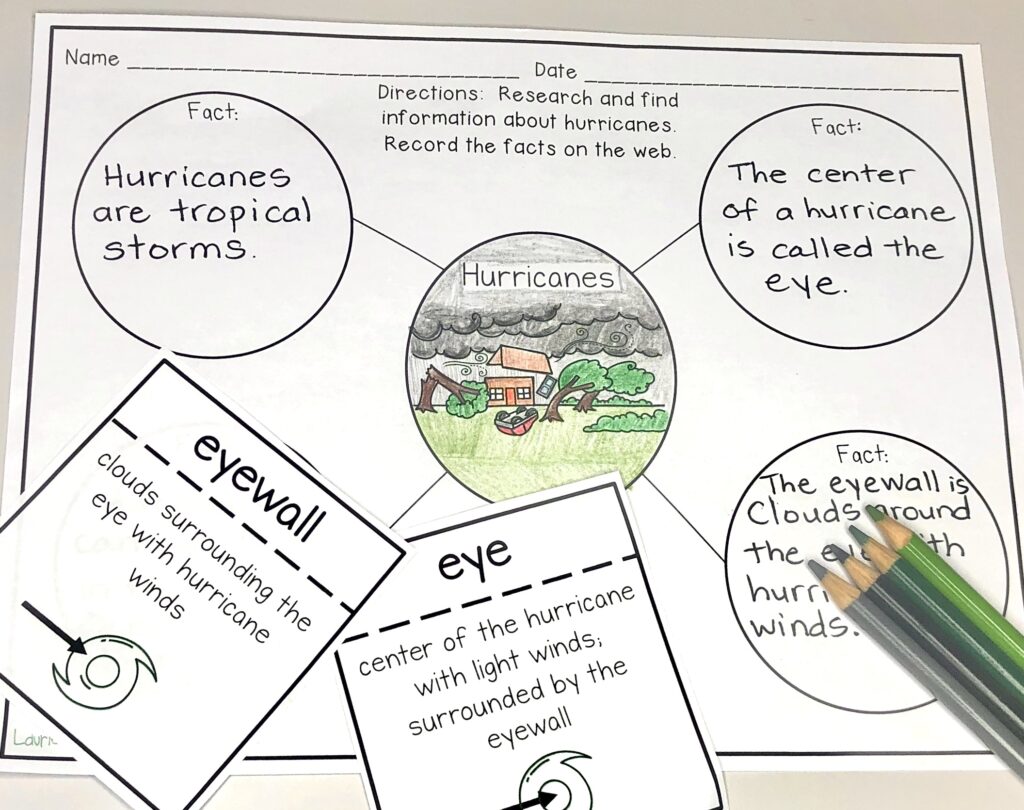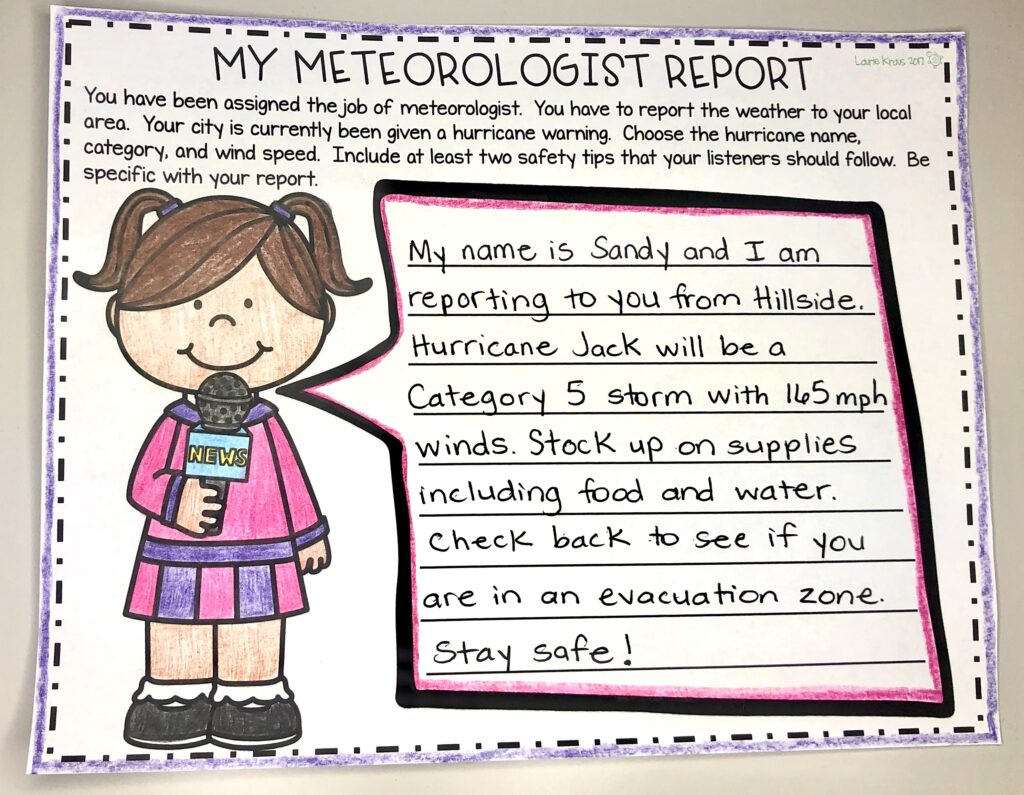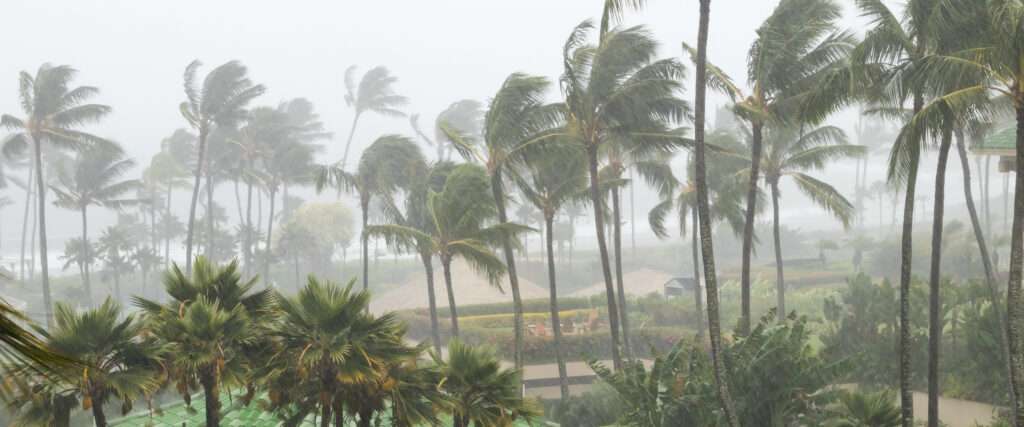Hurricanes bring strong winds, lots of rain, and high levels of anxiety. As a South Floridian, every hurricane season brings with it the uncertainty of a natural disaster heading my way.
Three years ago, during Hurricane Irma, I left my home in Cooper City, Florida and began driving north to avoid the potential dangers of the storm. With the unpredictability of the path, Irma continued to follow us and we ended driving all the way to South Carolina. During that trip, I realized the importance of helping teachers educate their students about hurricanes so that they better understand this natural disaster and how to prepare for it.
So, let’s start with the facts…
- Hurricanes are named by the World Meteorological Organization and alternate alphabetically between boy and girl names. Hurricane names are retired if they caused great damage and destruction.
- The eye of a hurricane is the center. There is usually little to no rain in the eye. It is surrounded by the eyewall which has the strongest winds.
- A storm is classified as a hurricane if it has a wind speed of at least 74 miles per hour. There are five categories of hurricanes identified by wind speed using the Saffir-Simpson Hurricane Wind Scale. A Category 5 hurricane has winds speed 157 miles per hour or greater.
- Hurricanes form over warm waters near the equator. As these storms move over land, they become weaker.
- Hurricane season begins in June and ends in November.

Depending on your location, your students’ background knowledge about hurricanes will vary. It’s important to introduce and review important key vocabulary terms. I like to place the vocabulary cards in a pocket chart so students can easily see them and use them when needed. Students can also use them at centers to help them research and learn information about hurricanes. Labeling a diagram of a hurricane also helps students visualize and better understand this natural disaster.

In order to check for students’ comprehension, I have students use text evidence to locate hurricane facts that they read about. Children like using different color crayons to underline the information that they find in the text. This activity provides students with an easy way to learn about hurricanes as well as use reading skills to help them comprehend.

Hurricane safety is very important. The Do/Don’t activity sheet provides practical tips to follow before, during, and after a hurricane. Students are then given an opportunity to create their own safety plan and Hurricane Safety Tips booklet. These activities allow students to generate their own ideas and show what they learned. If your students live in an area that has hurricanes, have them share the plan/tips with their family members.

One of my favorite activities is My Meteorologist Report. Students pretend that they are news reporters and have to create their own weather report for a hurricane. I recommend letting the students present their reports to the class. Using props, such as a microphone and map could make it more enjoyable for the students. What a great way for students to practice their speaking and listening skills!

With hurricane season being from the beginning of June until the end of November, many students will either be directly impacted or will know someone who is. Learning about these natural disasters will help students have a better understanding of them.
Don’t forget to check out the resource in my TpT store! Comment below how you plan on teaching your students about hurricanes. Looking forward to learning from you!


